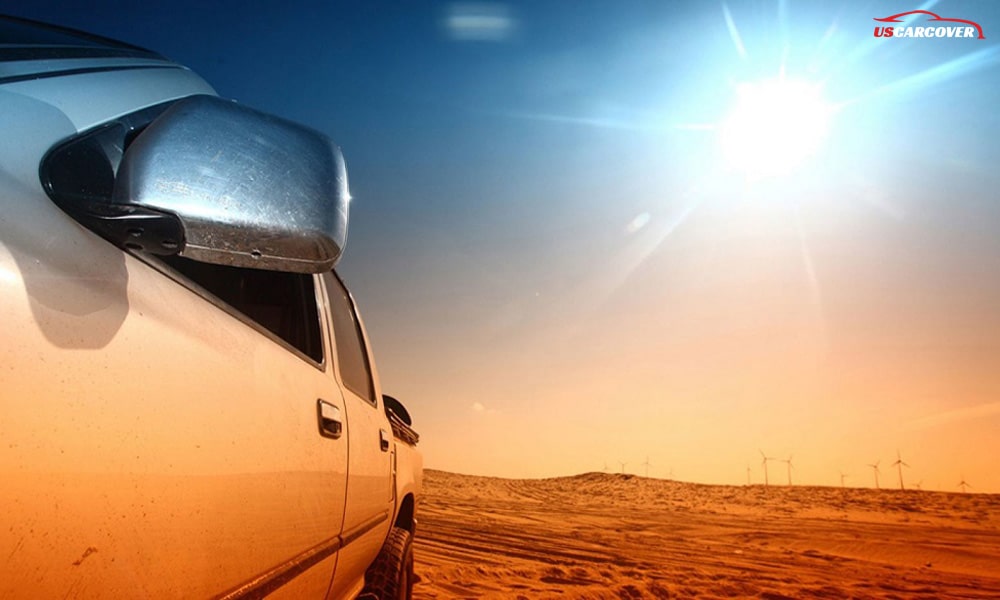
Protect your car from harsh weather to maintain its appearance and performance. Whether it’s heavy rain, snow, hail, or scorching heat, extreme conditions can lead to rust, paint damage, and mechanical issues. By taking a few preventive steps, you can extend your car’s lifespan and avoid costly repairs. In this article, we’ll share 15 expert tips to help you shield your vehicle from the elements year-round.
Tip 1: Invest in a High-Quality Car Cover
A high-quality car cover is essential to protect your car from the damaging effects of rain, snow, UV rays, and debris. It acts as a shield, preserving both the exterior and interior from weather-related damage.
Choose a car cover that’s waterproof, UV-resistant, and durable enough to handle harsh conditions. Custom-fit options ensure better coverage, reducing the risk of moisture or dust getting trapped underneath.
Brands like US Car Cover offer reliable covers designed for various weather conditions, providing long-lasting protection and peace of mind.
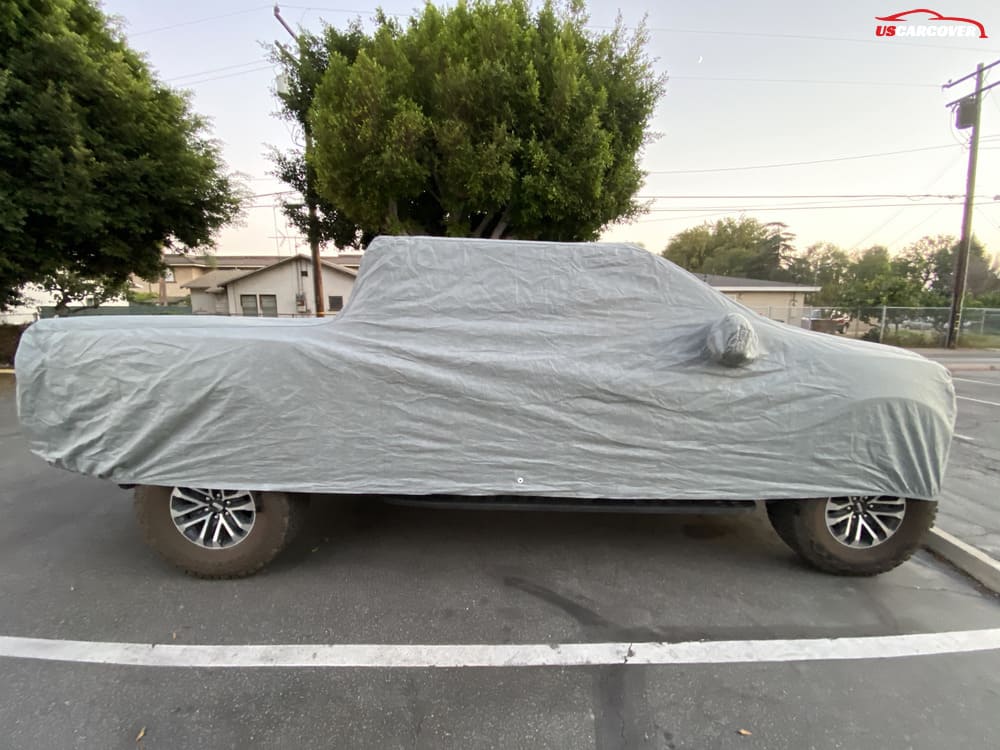
Related Articles: 10 Benefits of Using Car Covers
Tip 2: Regularly Wash and Wax Your Car
Regularly washing and waxing your car helps maintain its finish by removing dirt, grime, and road salts that can lead to rust and corrosion. Waxing adds a protective layer that shields the paint from UV rays, moisture, and pollutants.
Wash your car every two weeks and apply a coat of wax every three months. This routine ensures that your vehicle stays clean and protected from weather-related damage.
Expert Tip: Choose a high-quality wax that offers long-lasting protection, and don’t forget to clean underneath the car where dirt and moisture often accumulate.
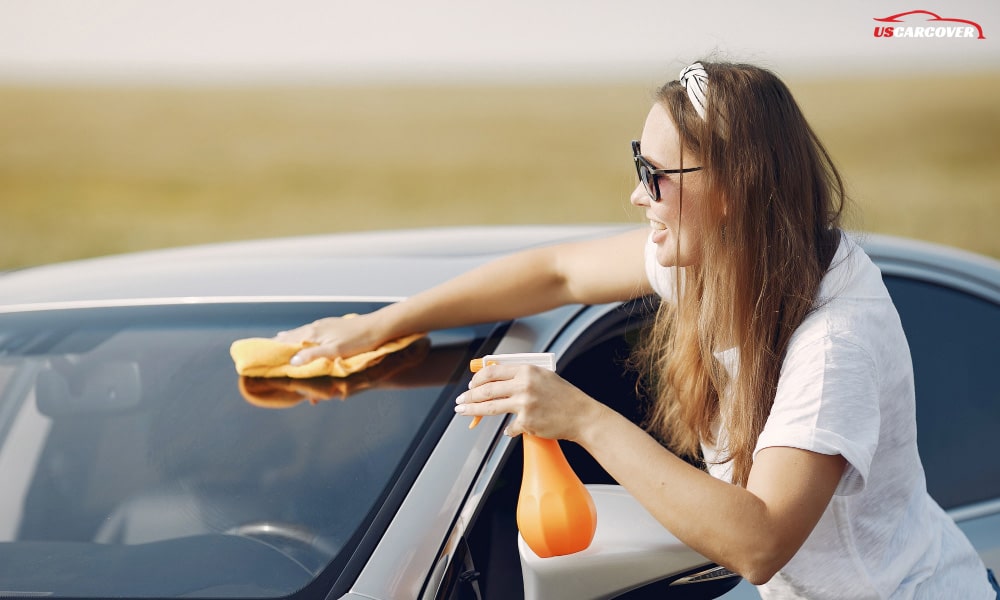
Tip 3: Use Windshield Sunshades for UV Protection
Why It’s Important: Using windshield sunshades protects your car’s interior from harmful UV rays, which can cause fading, cracking, and heat damage to your dashboard, seats, and electronics.
How It Works: A high-quality sunshade blocks a significant amount of UV radiation, keeping the cabin cooler and preventing long-term damage.
Expert Tip: Opt for reflective sunshades that offer maximum heat reduction. They are especially effective in protecting your car during hot summer months.
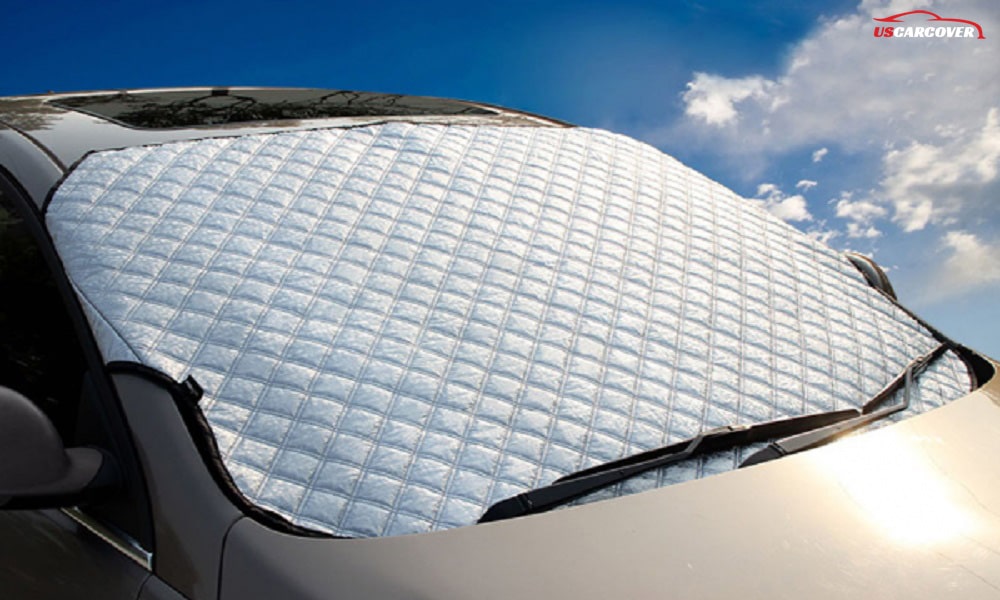
Related Articles: How Car Covers Prevent Damage
Tip 4: Park in Covered or Shaded Areas
Why It’s Important: Parking in covered or shaded areas offers immediate protection from harsh weather like rain, hail, and intense sunlight. This reduces exposure to elements that can fade paint, cause rust, or overheat your car’s interior.
How It Helps: Shade not only protects the exterior but also keeps your car cooler, reducing strain on your air conditioning and preventing interior materials from warping or cracking.
Expert Tip: Whenever possible, choose a covered parking spot or garage, especially during extreme weather conditions like snow or storms.

Tip 5: Protect Your Tires from Extreme Temperatures
Why It’s Important: Extreme temperatures can have a significant impact on your tires. Excessive heat can cause the rubber to degrade, while freezing conditions can lead to tire pressure fluctuations and cracking.
How to Protect: Regularly check your tire pressure, especially during temperature changes, and ensure your tires are properly inflated. In colder climates, consider using winter tires for better traction and durability.\
Expert Tip: Keep an eye on your tire tread. Worn-out tires are more vulnerable to weather damage and can lead to unsafe driving conditions.
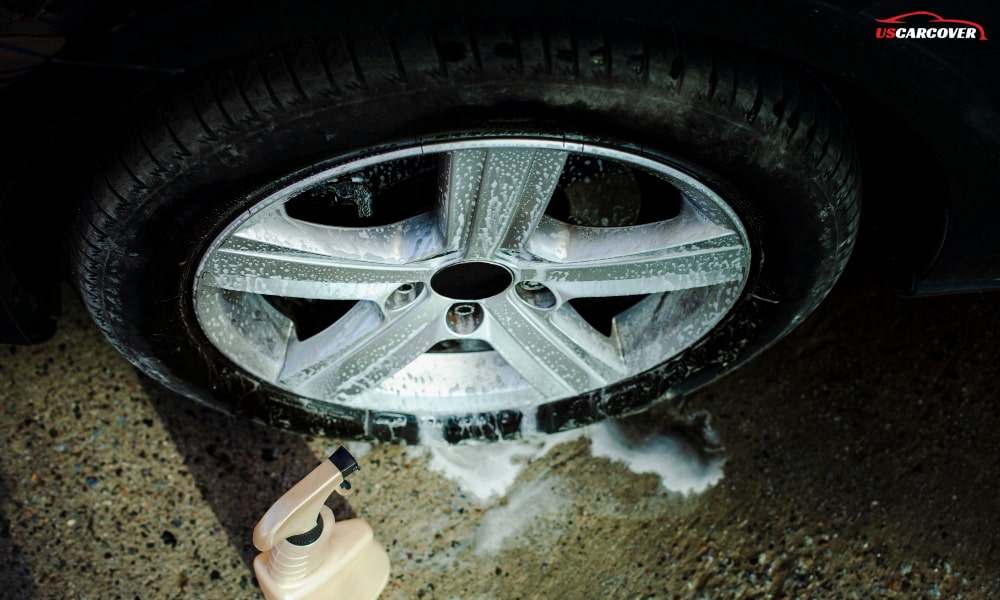
Related Articles: Types of Car Covers: What Are Best for Your Car
Tip 6: Install Mud Flaps to Prevent Dirt and Salt Buildup
Why It’s Important: Mud flaps help prevent dirt, gravel, and road salt from being kicked up and damaging your car’s paint and undercarriage. This is especially crucial in snowy or rainy conditions where salt buildup can accelerate rust.
How It Works: By blocking debris from hitting the car’s lower body, mud flaps minimize wear and tear, keeping your vehicle cleaner and more protected.
Expert Tip: Invest in high-quality, durable mud flaps that are easy to install and suited for your specific vehicle type, especially if you drive in areas with heavy snowfall or rain.
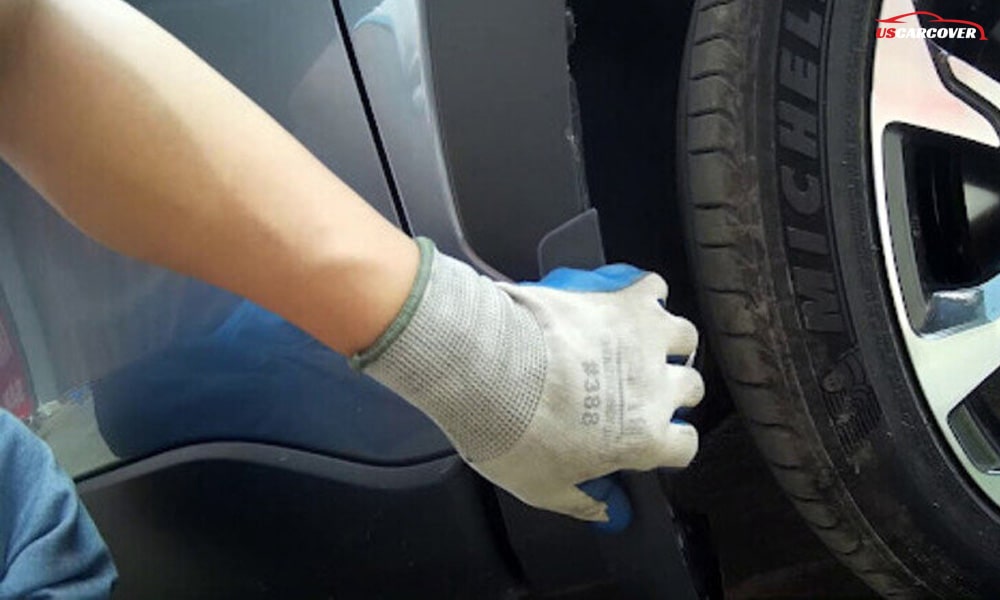
Tip 7: Check and Maintain Your Wiper Blades
Why It’s Important: Properly functioning wiper blades are essential for safe driving in rain, snow, or sleet. Worn-out blades can reduce visibility and even cause scratches on your windshield.
How to Maintain: Regularly inspect your wiper blades for cracks or wear, and replace them every 6 to 12 months, or as soon as you notice streaking or squeaking during use.
Expert Tip: Consider using all-weather wiper blades for better durability and performance in extreme conditions, ensuring clear vision and protecting your windshield from damage.
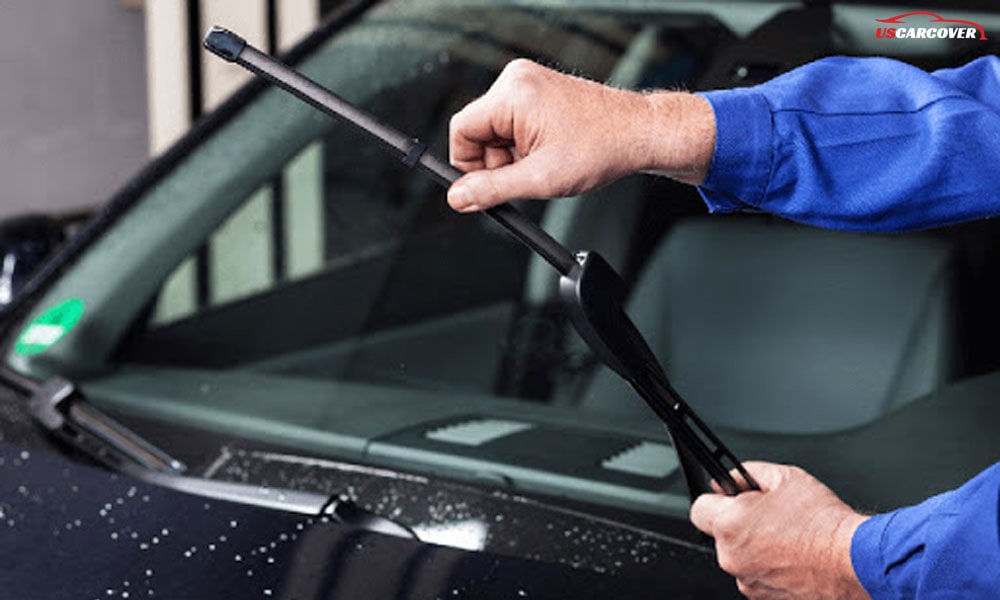
Related Articles: Do Car Covers Damage the Car's Paint?
Tip 8: Apply a Ceramic Coating for Extra Protection
Why It’s Important: Ceramic coating provides a durable, protective layer that shields your car's paint from UV rays, dirt, water, and harsh chemicals. It enhances the paint's longevity and reduces the risk of damage from environmental factors.
How It Works: The ceramic coating bonds with your car's surface, making it easier to clean and adding a glossy finish that resists fading and scratches.
Expert Tip: For long-term protection, apply a professional-grade ceramic coating. It’s an investment that will help maintain your car's appearance, especially in extreme weather conditions.
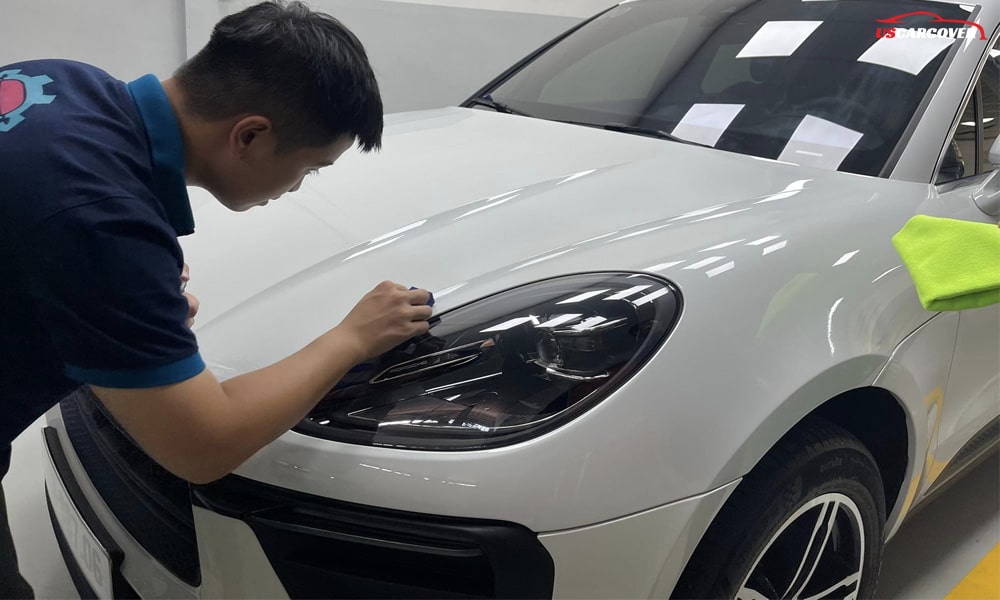
Tip 9: Monitor Fluid Levels in Extreme Heat and Cold
Why It’s Important: Maintaining optimal fluid levels is crucial for your car’s performance, especially in extreme temperatures. Low coolant can lead to overheating, while insufficient oil can cause engine wear and damage.
How to Monitor: Regularly check your engine oil, coolant, brake fluid, and windshield washer fluid. This simple maintenance step ensures your vehicle runs smoothly and reduces the risk of costly repairs.
Expert Tip: In cold weather, consider using a winter blend of engine oil, which maintains viscosity at lower temperatures. For hot weather, ensure your coolant is mixed correctly to prevent overheating.
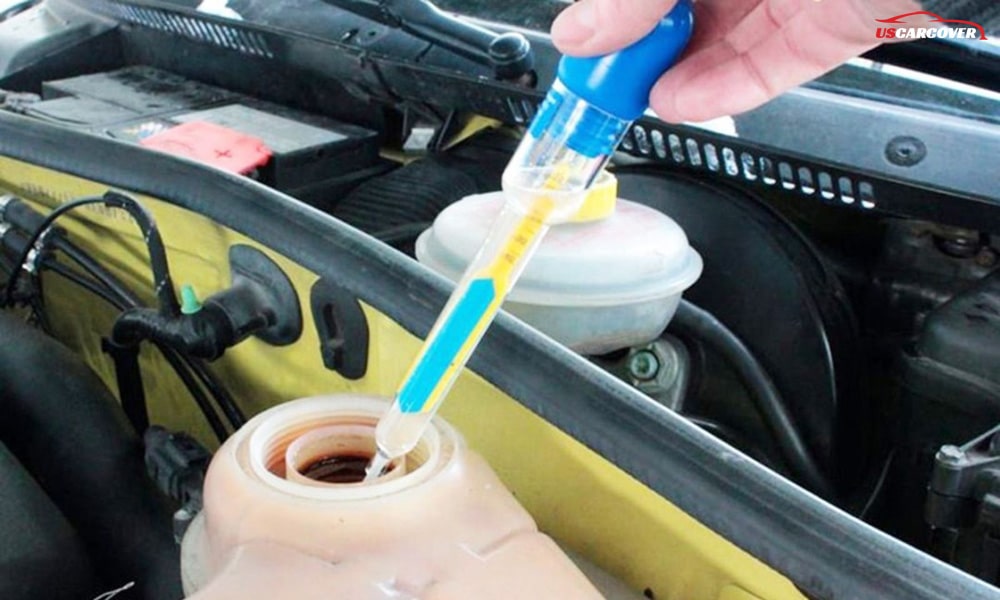
Related Articles: Do Car Covers Prevent Bird Droppings? Best Car Covers to Prevent Bird Droppings
Tip 10: Keep the Battery in Check During Cold Weather
Why It’s Important: Cold weather can significantly affect your car’s battery performance, leading to reduced starting power and a higher risk of failure. A weak battery can leave you stranded, especially during freezing temperatures.
How to Maintain: Regularly inspect your battery for signs of corrosion and ensure connections are tight. Test the battery’s voltage, particularly before the winter season, to determine if it needs replacing.
Expert Tip: Consider using a battery maintainer or trickle charger during extremely cold months. This helps keep the battery charged and ready for action when you need it most.
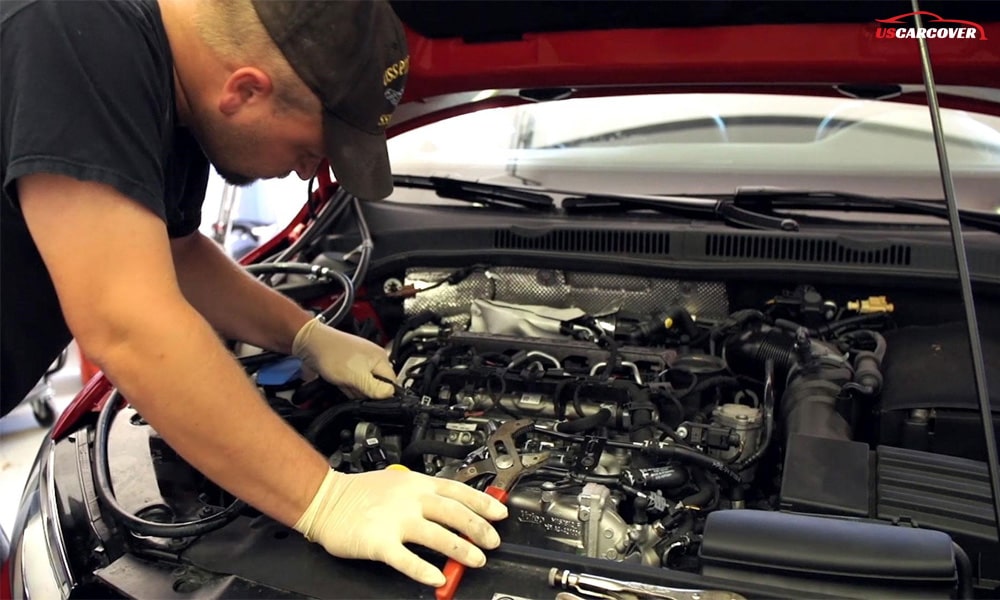
Tip 11: Use a Car Cover for Snow and Hail Protection
Why It’s Important: A car cover is essential for protecting your vehicle from snow and hail, which can cause significant damage to the paint and body. Heavy snow can lead to dents, while hail can create unsightly dings and scratches.
How It Helps: A high-quality snow cover prevents ice buildup and protects against moisture, making snow removal easier and reducing the risk of frozen components.
Expert Tip: Choose a cover specifically designed for winter conditions, ideally one that is both waterproof and breathable. This ensures your car stays dry and avoids moisture accumulation underneath.
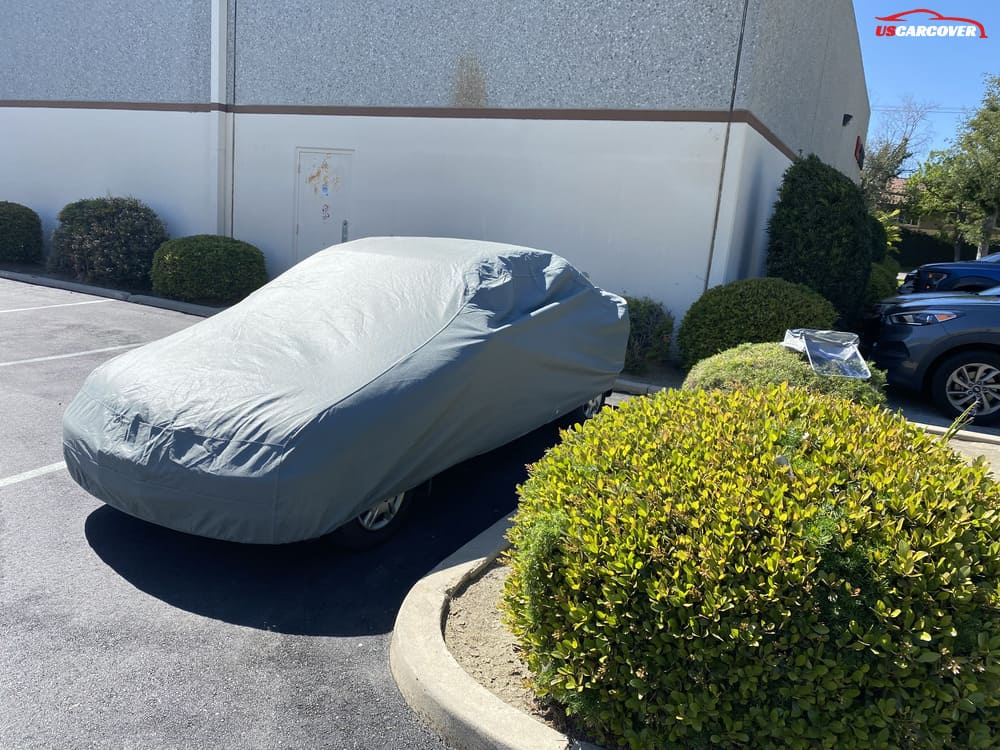
Tip 12: Lubricate Door Hinges and Locks
Why It’s Important: Regularly lubricating door hinges and locks is essential for maintaining smooth operation and preventing freezing in cold weather. Dry or rusty hinges can lead to difficulty in opening doors, and malfunctioning locks can compromise your vehicle’s security.
How to Do It: Use a high-quality lubricant specifically designed for automotive use. Apply it generously to hinges, latches, and locks, ensuring that the lubricant penetrates all moving parts.
Expert Tip: Perform this maintenance task at least twice a year, preferably before winter and summer, to ensure optimal performance and protect against the elements.
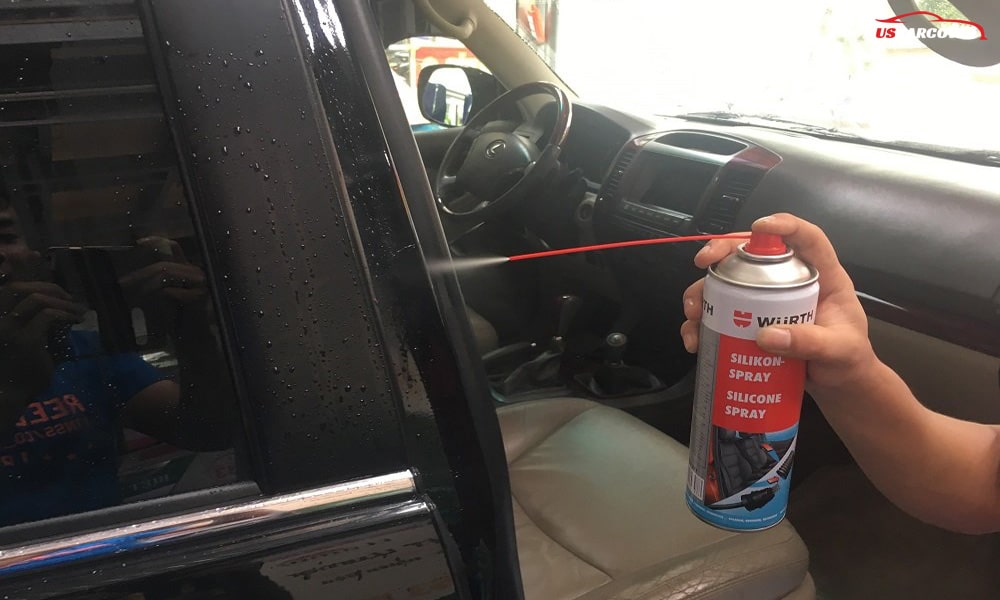
Related Articles: Step by Step: How to Maintain Car Covers for Long-lasting Protection
Tip 13: Prepare for Ice with an Anti-Freeze Solution
Why It’s Important: Using an anti-freeze solution is critical for preventing your engine coolant from freezing during extreme cold. Frozen coolant can lead to engine overheating and severe damage when temperatures rise again.
How It Works: Anti-freeze lowers the freezing point of the coolant, ensuring it remains liquid in sub-zero conditions, while also preventing corrosion within the cooling system.
Expert Tip: Check your coolant levels and ensure the correct mixture of anti-freeze and water, typically a 50/50 blend. Regularly test the coolant’s freezing point with a hydrometer, especially before winter hits.
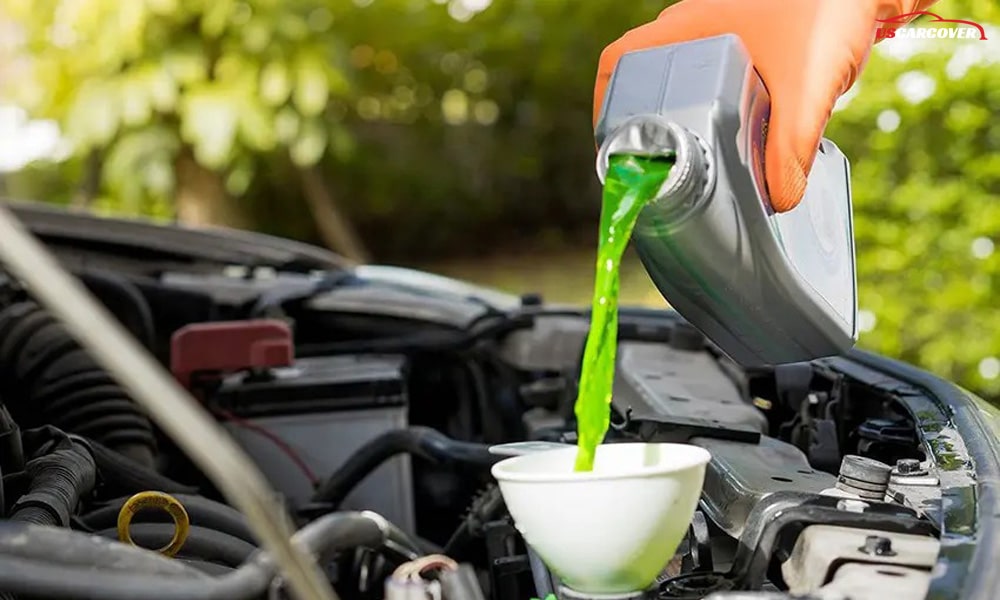
Tip 14: Install Weather Stripping to Prevent Leaks
Why It’s Important: Installing weather stripping around doors and windows is crucial for preventing water leaks and drafts. Proper seals protect your car’s interior from moisture, which can lead to mold, mildew, and electrical issues.
How It Works: Weather stripping creates a tight seal that keeps rain and snow out, ensuring a dry and comfortable cabin, especially during harsh weather.
Expert Tip: Regularly inspect the weather stripping for wear and tear, and replace it if you notice cracks or gaps. This simple maintenance step can significantly enhance your car's longevity and interior comfort.
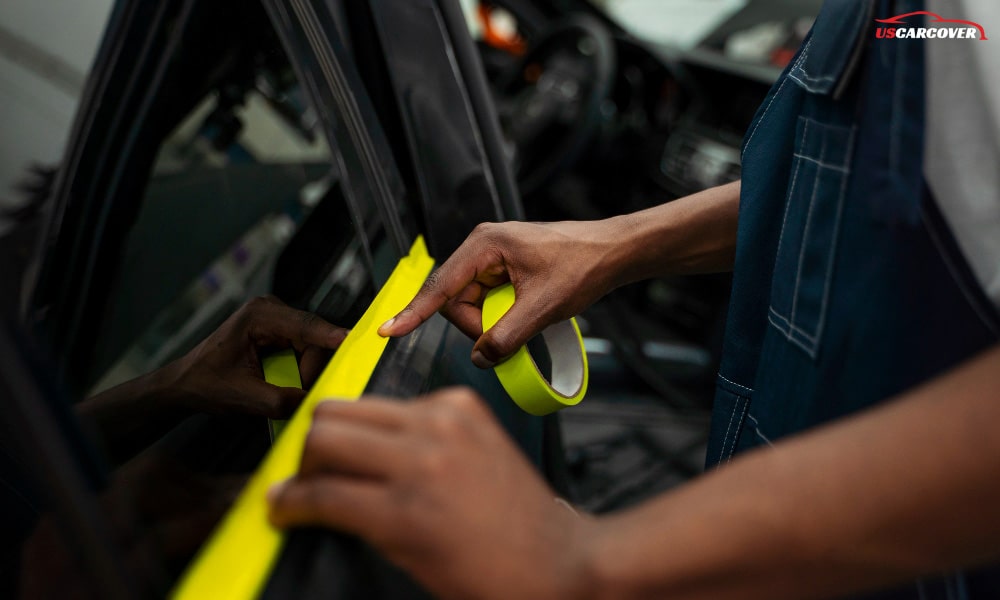
Tip 15: Use Tire Chains in Snowy Conditions
Why It’s Important: Using tire chains in snowy conditions enhances traction, providing better control and stability on icy or snow-covered roads. This is essential for safe driving and can prevent accidents or getting stuck.
How They Work: Tire chains create a rugged surface that grips the road, improving your vehicle's handling in slippery conditions. They are particularly beneficial for heavy snowfall or when driving in mountainous regions.
Expert Tip: Always practice installing tire chains before you need them in an emergency. Ensure they are the correct size for your tires, and follow manufacturer instructions for safe usage.
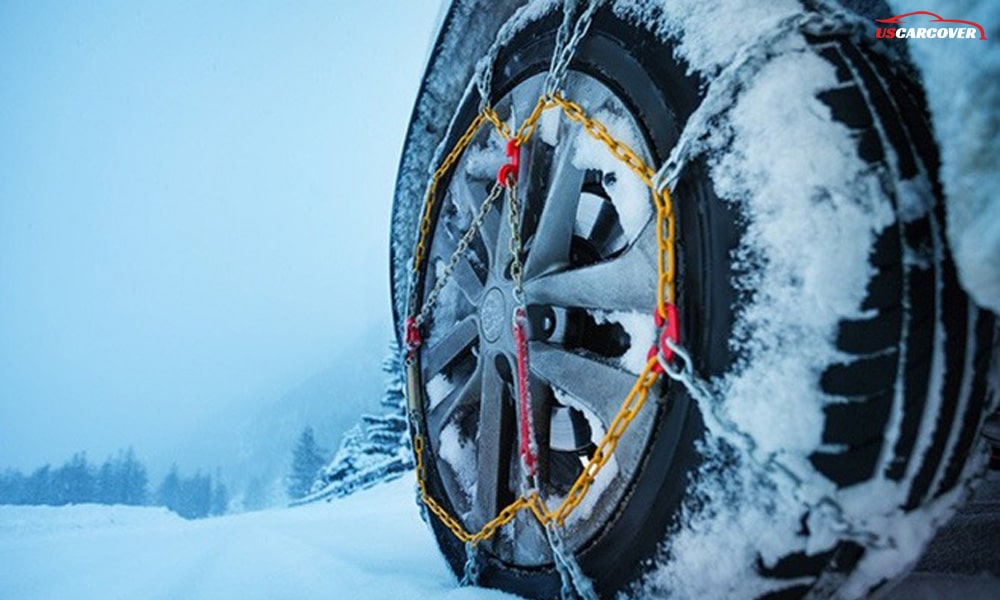
Related Articles: Compare Indoor Car Cover and Outdoor Car Cover: Which is Better?
Conclusion
Protecting your car under harsh weather conditions requires a combination of proactive maintenance and smart choices. From investing in a high-quality car cover to regularly checking fluid levels, each tip plays a crucial role in ensuring your vehicle remains in top condition. By following these 15 expert tips, you can significantly reduce the risk of damage from extreme temperatures, snow, and rain, ultimately extending the lifespan of your car and enhancing your driving experience. Stay vigilant and prepare your vehicle to face any weather challenge that comes your way.
